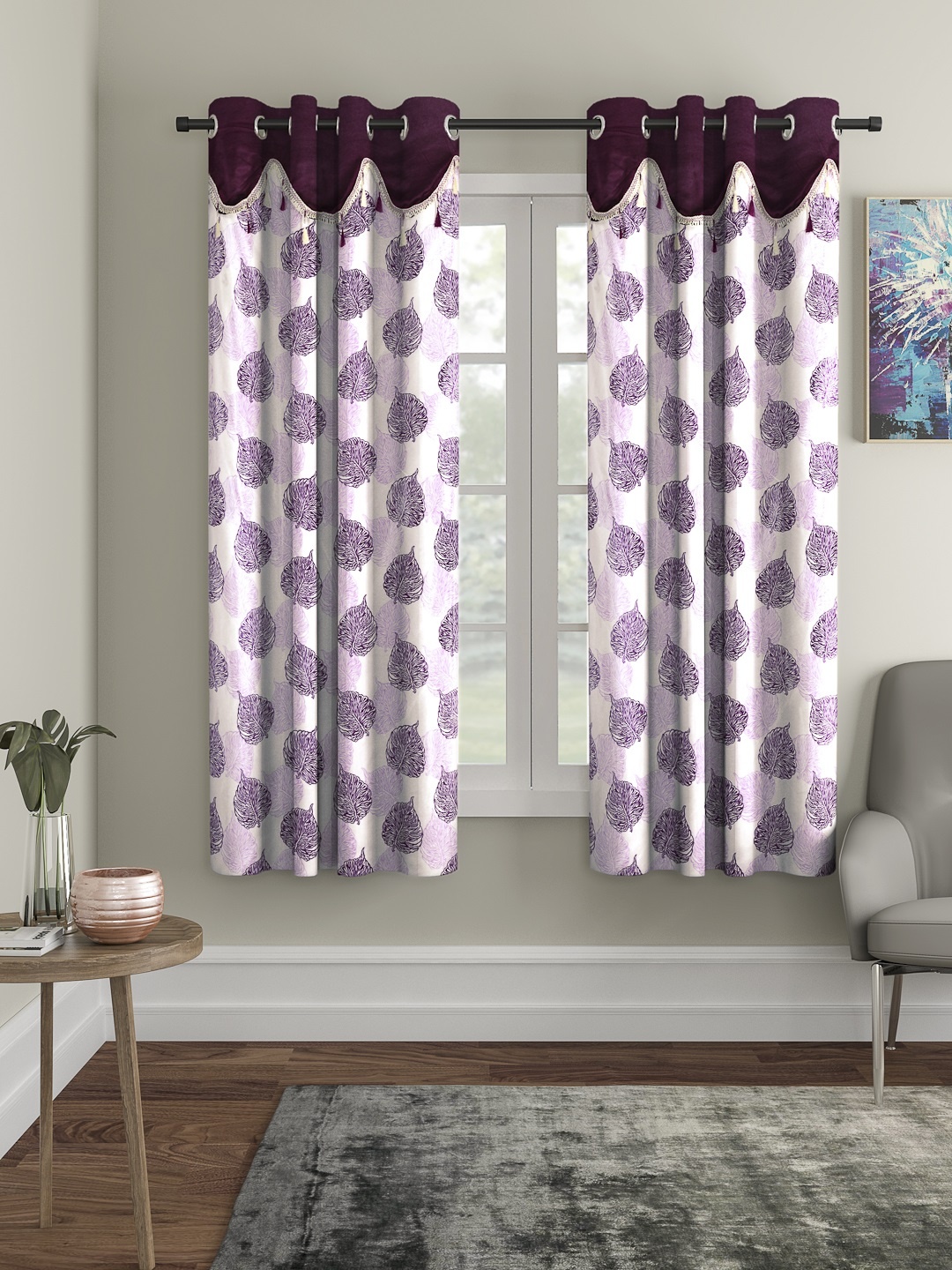How To Choose A Bathroom Mat That Dries Fast, But May Not Look Good
A quick-dry bathroom mat saves time, reduces musty smells and keeps floors safe, yet these practical choices don't always win beauty contests. This is how to pick one that works like a charm.

How To Choose A Quick-Dry Bathroom Mat: Top Tips For Safety, Comfort And Daily Use.
Every home knows the daily drama of a soaked bathroom floor. Morning rush hours, children splashing water around, power showers, everything contributes to puddles near the doorway. A door mat that dries fast brings relief. It stops the floor from turning slippery and prevents that damp smell that hovers around bathrooms after long, humid days.
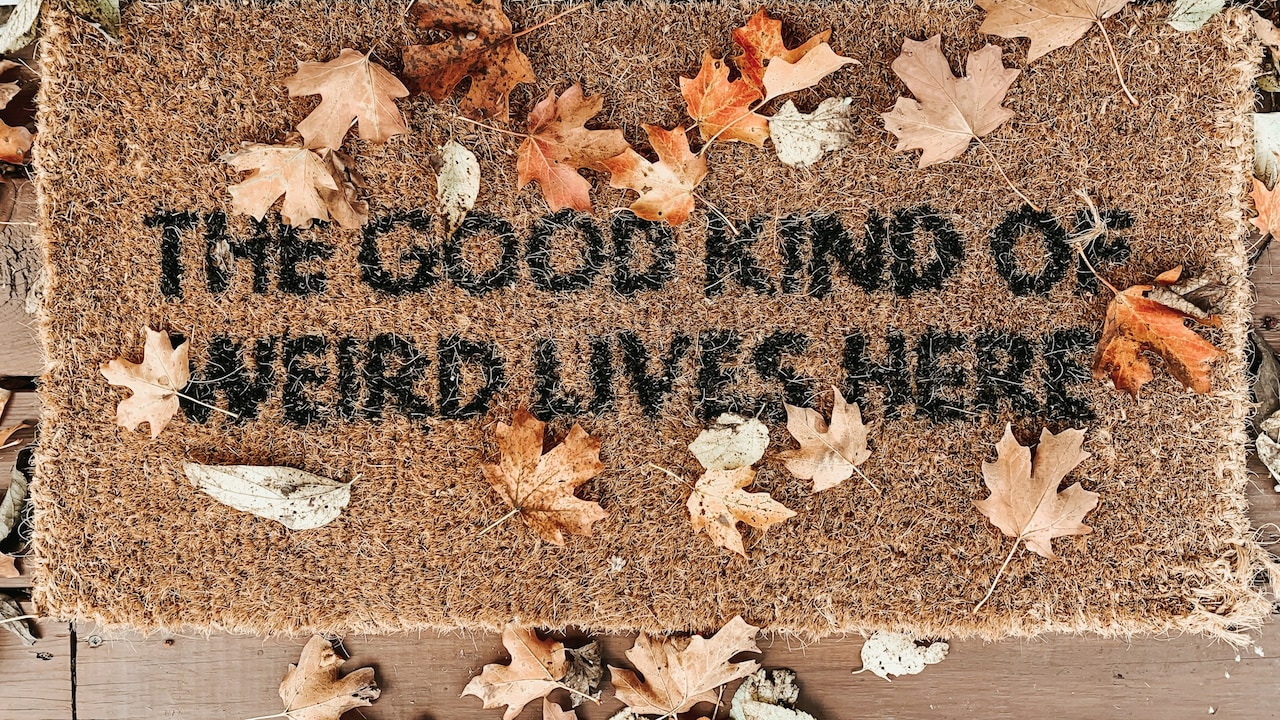
Explore 10 easy tips to find the best bath mat for your household; Photo Credit: Unsplash
The tricky part comes when the fastest-drying mats don't blend with the décor. The colours look dull or the texture feels stiff, yet their usefulness often outweighs their looks. Many homes end up choosing function over fashion, and that choice works well when the right factors guide the decision.
Here is all about how to choose a bathroom mat that dries fast, although it may not look great. This is a simple and friendly guide to help select a quick-dry mat that may not shine in style, but wins in comfort, safety, and longevity. Also, check the top picks, from Fabindia, Kuber to Home Centre.
Also Read: How To Choose A Bedroom Floor Mat That Feels Luxurious Underfoot
Key Things to Check Before Picking a Quick-Dry Bathroom Mat
1. Focus on Drying Speed Over Looks
A bathroom mat's primary job is to dry quickly. A design that appears fancy but stays damp for hours creates problems. Moisture encourages mildew, adds unpleasant smells, and forces frequent washing. A fast-drying mat restores freshness between uses. Microfibre, diatomaceous earth, and aerated foam dry faster than cotton. They absorb water quickly and release it into the air without much effort. A mat with a simple weave or porous structure works better than thick decorative ones that trap moisture.
Decorative mats often feature plush fibres, glossy shades, or velvet-like finishes. These details please the eye but hold water for too long. A quick-dry mat may look plain, yet it delivers practical comfort after every shower. Many homes prefer a functional design that keeps the bathroom clean and safe through busy mornings and humid evenings, even if the mat looks a little ordinary.
2. Choose the Right Material for Your Climate
Different materials behave differently in warm, humid regions or cooler areas. Microfibre works beautifully in most climates because its fine fibres dry faster than regular fabrics. It feels soft under the feet, absorbs well, and suits homes with daily showers. Diatomaceous earth, on the other hand, feels firm and dries almost instantly. It suits households that prefer a clean, minimal look, even if the material appears plain. Rubber-backed synthetics also dry fast and suit high-traffic bathrooms where water spills often.
Cotton mats may look colourful and textured, but they hold moisture longer, especially on humid days. That means more washing and higher electricity bills for drying. A functional mat works better when unpredictable weather brings humidity. Quick-dry materials also avoid that damp smell that creeps into bathrooms after repeated use. So the right material matters far more than patterns or colours that fade after a few washes.
3. Pick a Size That Helps the Mat Dry Faster
A mat that looks stylish in a large size often takes much longer to dry. A smaller or medium-sized mat dries faster and suits compact bathrooms well. Mats that cover too much floor area soak up more water and reduce air circulation underneath. Without airflow, moisture stays trapped for longer hours. Narrow or modular mats placed near the shower and sink allow quicker drying because they don't hold more water than necessary.
A compact mat also makes daily maintenance easier. It needs less scrubbing, less detergent and dries faster on a balcony clothesline. Some homes use two smaller mats instead of one large piece, which keeps one mat fresh while the other sits out to dry. Smaller mats may lack decorative appeal, but they offer convenience and comfort during busy routines. They also help maintain a hygienic, slip-free bathroom even when multiple people use the space throughout the day.
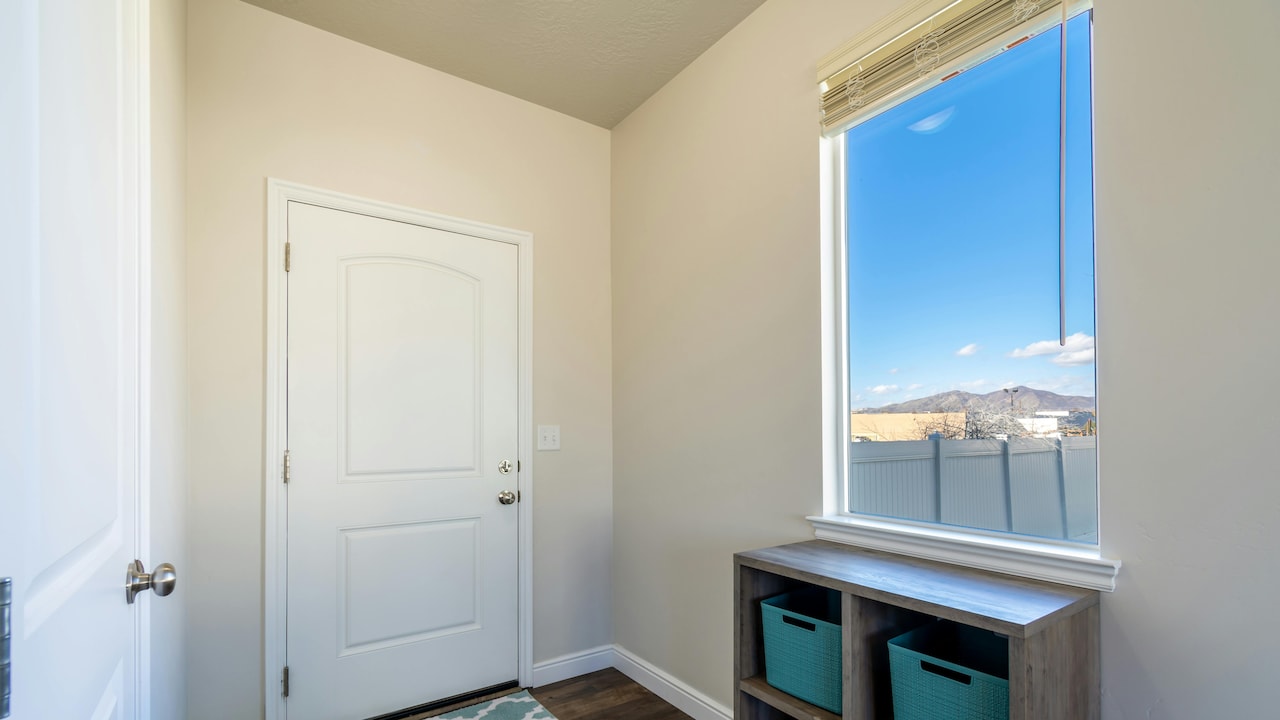
Ensure that the size can help the mat dry faster; Photo Credit: Pexels
4. Look for Grip and Safety Features
A quick-dry mat doesn't help much if it slips across the floor. Grip matters as much as drying time. Rubber-backed mats cling better to tiles and reduce the risk of falls. Some mats use textured bases that create friction even when the floor is slightly wet. Diatomaceous mats stay firm because of their weight. Microfibre mats with silicone dots at the base also offer good traction.
Fancy mats often prioritise appearance, bright colours, tassels, fluffed edges, while ignoring grip. A beautiful mat turns dangerous when feet slide over it after a shower. Safety always wins over aesthetics. A firm, stable mat brings peace of mind, especially in homes with children or older adults. Even if it looks simple or dull, a secure mat makes a huge difference to everyday comfort. A safe bathroom floor saves medical bills, and that alone justifies choosing a mat that may not photograph well but performs reliably.
5. Consider How Much Effort Washing Will Take
Fast-dry mats make washing easier. Microfibre and light synthetics wash quickly and dry fast even on cloudy days. Heavy cotton mats trap water and take longer to dry, leading to musty smells. Washing becomes a weekend chore that eats extra time. Diatomaceous mats need only a light wipe and occasional sun exposure, which saves effort for busy households.
A practical mat frees up time and energy for things that matter more. Thick decorative mats demand more detergent, more scrubbing and more drying time. They also fade faster and need frequent replacement. A simple mat with quick-dry features keeps upkeep minimal. It stays fresh without constant washing and doesn't strain a busy routine. Good functionality often hides behind simple designs, and that's worth appreciating.
6. Check the Airflow Under and Around the Mat
Airflow is a secret hero in drying speed. Mats with raised bases or ventilated designs allow air to pass underneath. This airflow prevents moisture from turning stale. A mat that hugs the floor tightly may feel plush but traps water. That slow drying encourages mould and stains. Diatomaceous mats excel in this area because their firm structure allows air to move freely.
Bathrooms with low ventilation need mats that support airflow even more. A simple perforated pattern or textured underside improves circulation. Some people place their mat on a slatted wooden or plastic platform to help speed up drying. The combination reduces moisture retention and keeps the mat fresh throughout the day. These mats may not look glamorous, but they stay odour-free and clean, which matters far more during daily use.

Ensure that the mat features a well-ventilated design; Photo Credit: Unsplash
7. Think About the Everyday Traffic in the Bathroom
Every bathroom has its own rhythm. Some are used often throughout the day, while others stay quiet. High-traffic bathrooms need functional mats that bounce back quickly. Children step out with dripping feet, teenagers leave wet footprints after long showers and adults rush through morning routines. A mat that dries fast keeps up with such constant use.
Decorative mats struggle here. They flatten, fade and stay damp after repeated use. High-traffic spaces need mats made from microfibre or fast-draining synthetics. These materials absorb water yet release it quickly, so the mat feels dry again within a short time. Even if the design looks plain, the comfort of stepping on a dry mat during busy mornings matters much more than visual charm. The right mat blends practicality with resilience and handles daily chaos with ease.
8. Spend Smartly, Good Mats Don't Need High Budgets
A quick-dry mat doesn't need expensive branding. Many good options cost between ₹250 and ₹600. Diatomaceous mats may cost more, often ₹900 to ₹1500, but they last longer and need fewer washes. Colourful cotton mats with stylish patterns often cost more without giving better performance. Spending on functionality saves money in the long run. A mat that dries fast stays fresh longer, reduces detergent use and lasts more seasons than thick decorative mats.
This approach supports mindful spending. Functional mats offer value, durability and convenience. The beauty of a bathroom lies in its comfort and cleanliness, not only in its décor. Homes that balance practicality with budget get better results. A mat that works well and stays within budget wins over one that looks fancy but struggles with daily moisture.
9. Match Colours with Practicality, Not Fashion
Some quick-dry mats look very plain. Colours appear muted or dull, yet this simplicity helps hide stains and signs of wear. Lighter colours get dirty faster, especially near taps and showers. Darker shades or neutral tones stay neat even after heavy use. Simple colours blend with most bathroom tiles and accessories, so appearance doesn't become a major concern.
Trendy colours often fade after several washes. Bright shades turn patchy and spoil the overall look. Meanwhile, basic greys, browns or blues stay presentable for longer. These colours also match bathroom essentials like buckets, mugs or storage racks that often come in subtle shades. A simple, quick-dry mat quietly supports the bathroom's appearance without demanding attention.

Go with colours that complement the overall interior theme of your house; Photo Credit: Unsplash
10. Choose Comfort Even if the Mat Looks Bland
Comfort matters every day. A mat that feels gentle under the feet gives a pleasant pause after a shower. Microfibre mats offer a soft landing even when thin. Diatomaceous mats feel firm yet comfortable because they stay dry all the time. Many functional mats focus on comfort rather than style. Their textures may appear ordinary, but they feel great after a long day.
A comfortable mat also supports small morning rituals like stretching the toes or wiping feet before heading out. It turns a simple shower routine into a calming moment. Flashy mats sparkle on shelves, but comfort and dryness bring daily relief. Choosing a quick-dry mat ensures safety, freshness, and well-being, even if the design isn't the most attractive item in the bathroom.
Products Related To This Article
1. BIANCA Luxor Brown 2000 GSM Memory Foam Anti-Slip Bath Mat
2. Homio Green & Blue Anti-Slip 2000GSM Bath Rug
3. Home Centre Mekong Green & White Printed 1800 GSM Anti-Slip Bath Rugs
4. Kuber Industries Brown & Maroon Striped Water Absorbent Bath Rug
5. UMAI Brown & Beige-Color Anti-Skid 210 GSM Bath Rug
6. Deoxys Beige & Grey 5D Puzzle Microfiber Anti Skid Bath Mat
7. Fabindia Pink & White Striped Cotton 1800 GSM Bath Rugs
A bathroom mat doesn't need perfect looks to offer perfect comfort. A quick-dry design keeps the bathroom clean, safe and fresh through humid days, busy mornings and constant foot traffic. It may not win style awards, yet its reliability speaks louder than its appearance. By choosing the right material, size, airflow and comfort features, any home can enjoy a mat that works hard every day without much effort. Function first, style second, that simple approach delivers the best results for a practical and peaceful bathroom.
(Disclaimer: This article may include references to or features of products and services made available through affiliate marketing campaigns. NDTV Convergence Limited (“NDTV”) strives to maintain editorial independence while participating in such campaigns. NDTV does not assume responsibility for the performance or claims of any featured products or services.)







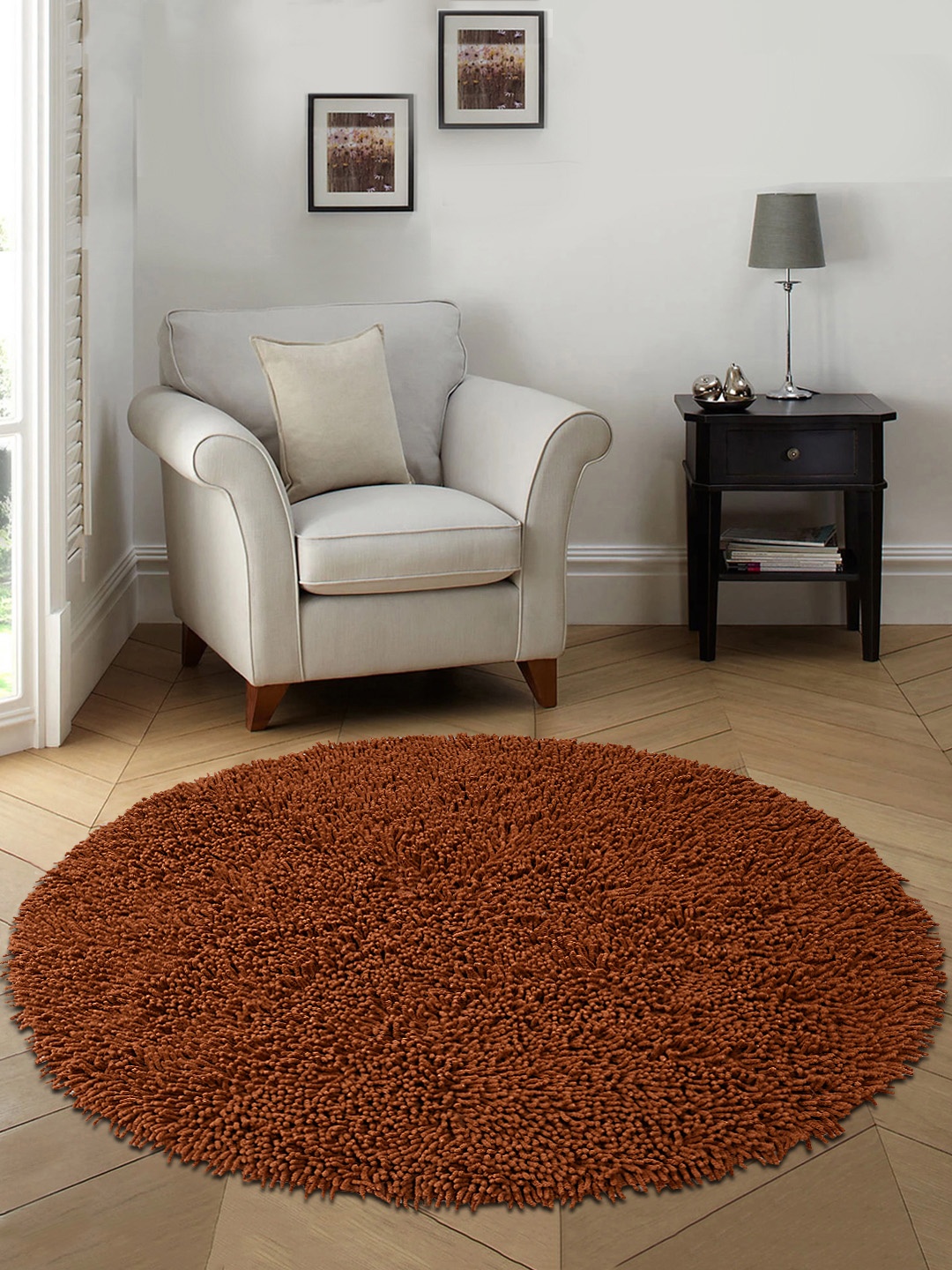


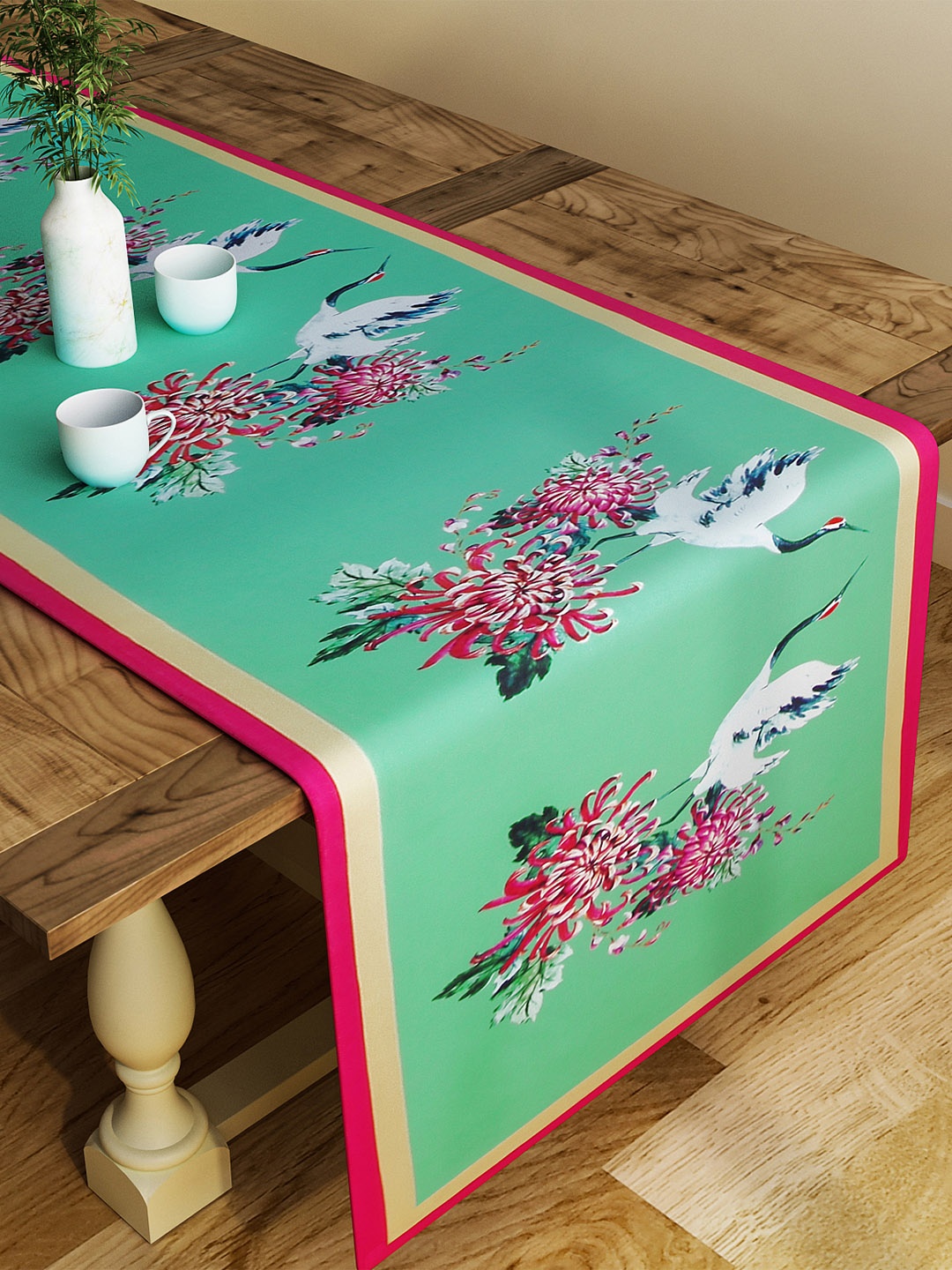
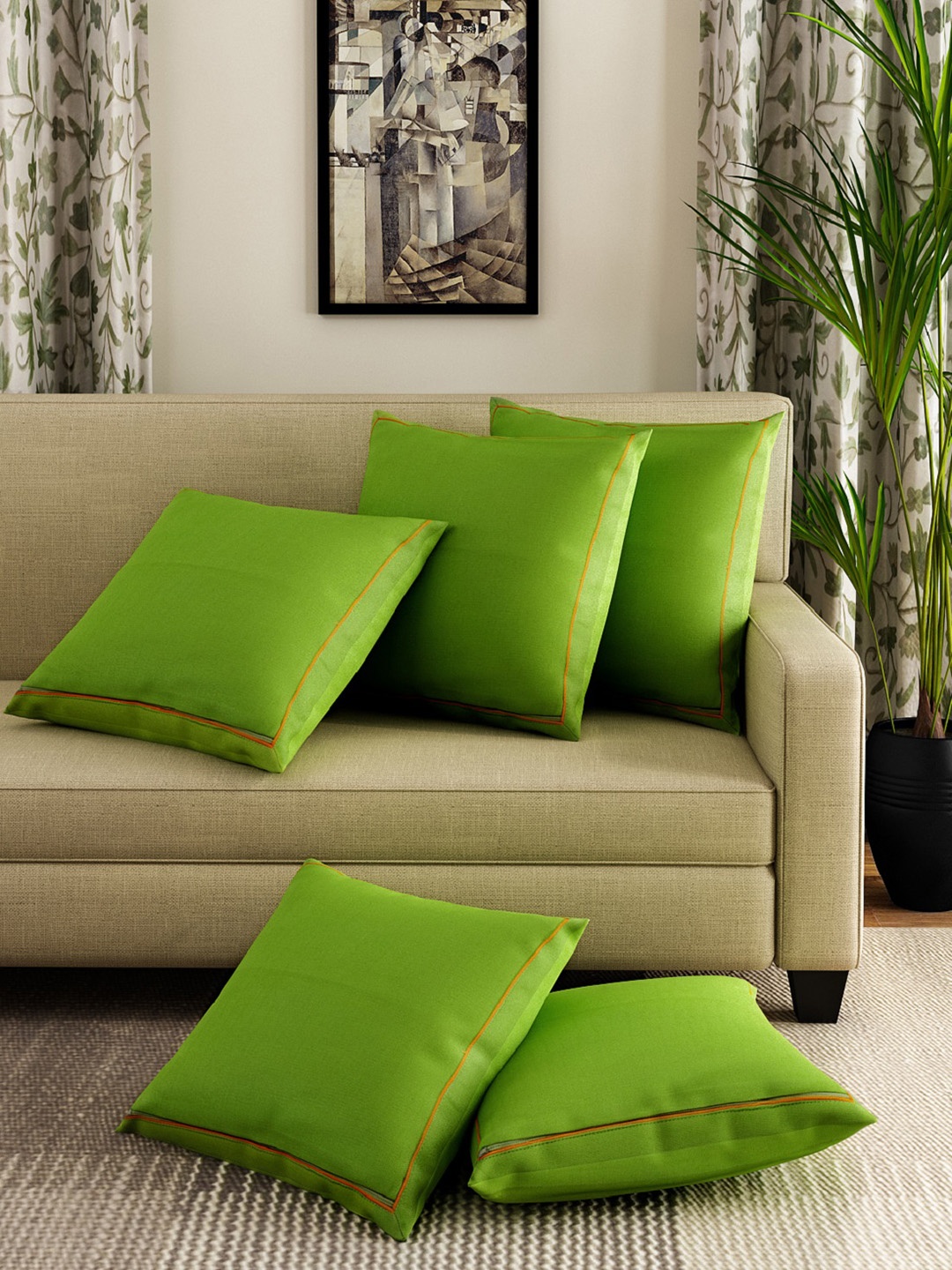
![Steam Iron Teflon Shoe Cover for ES-300,ST-96 [Only For ES-300 and ST-96 Model Electric Steam Irons]](https://m.media-amazon.com/images/I/51wwkttondL._SL160_.jpg)




